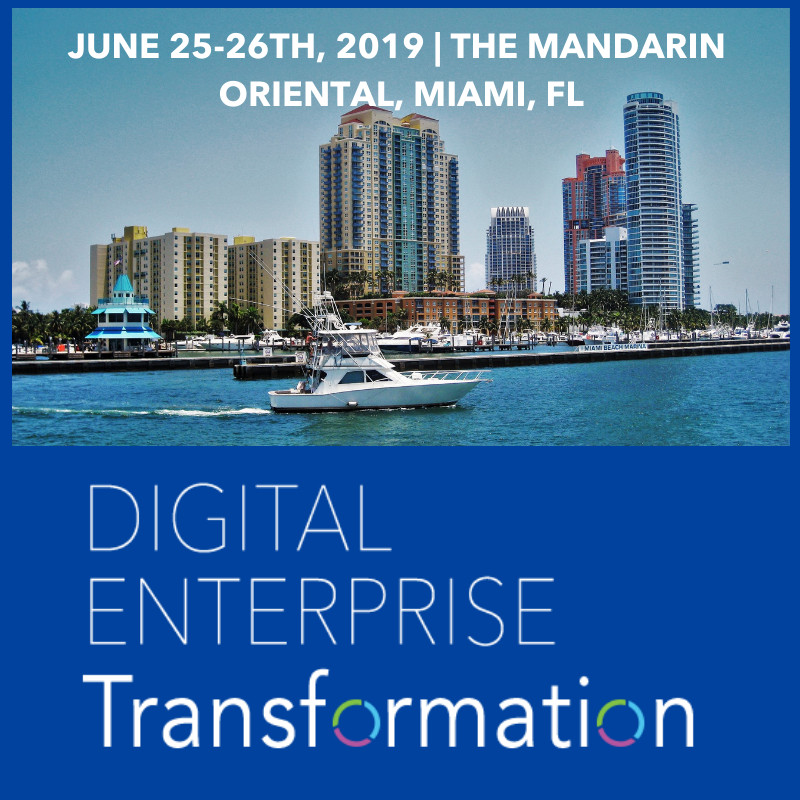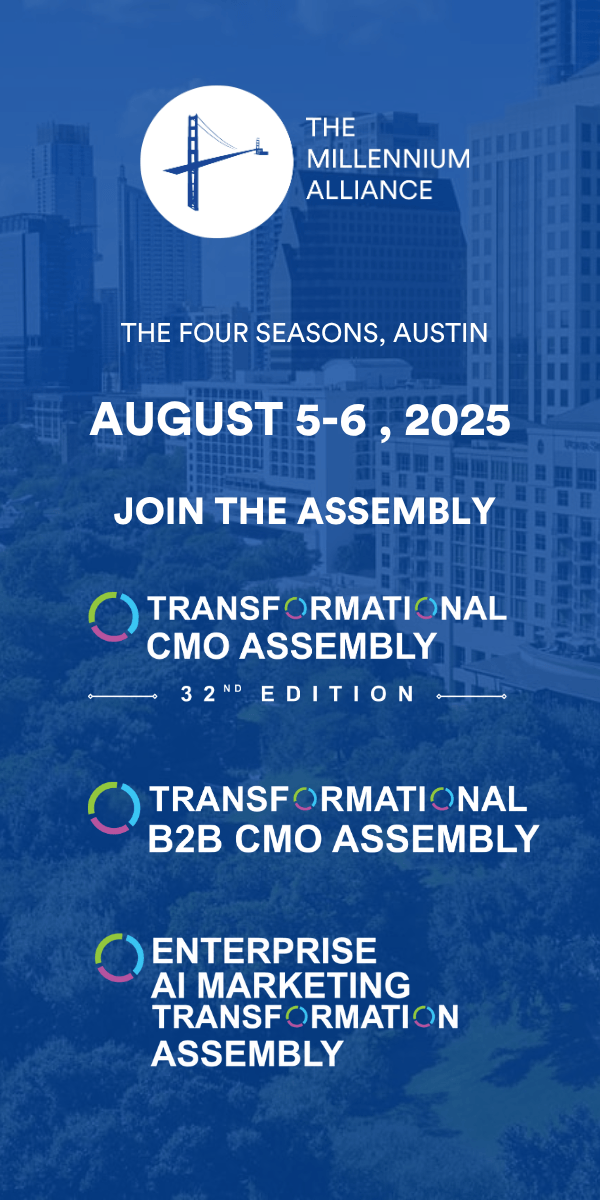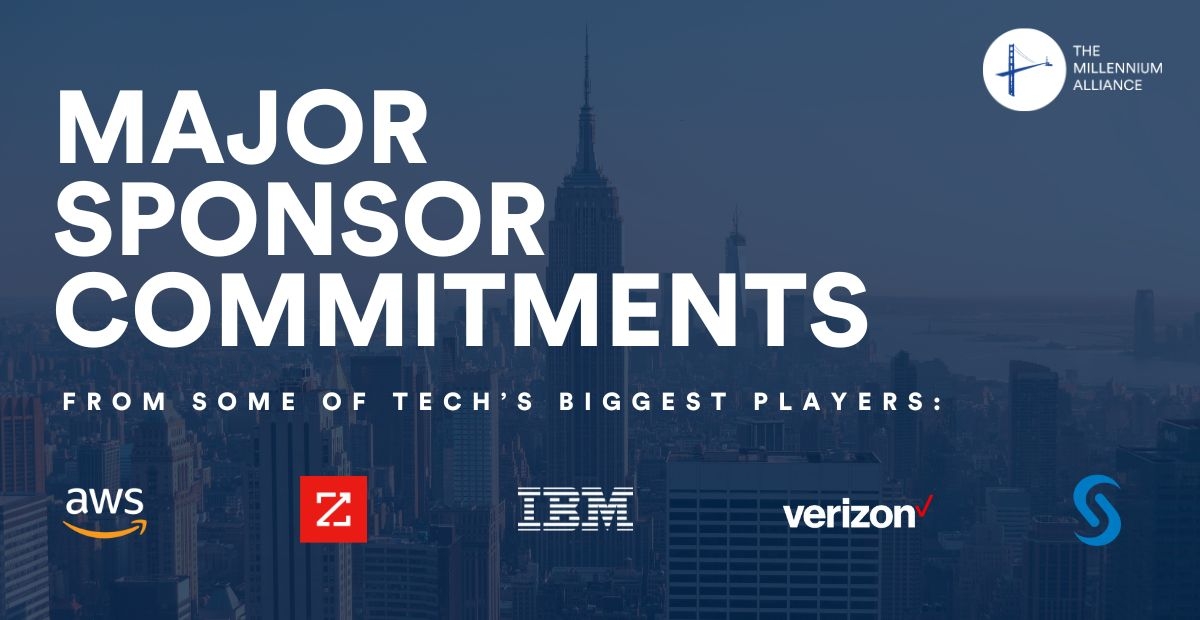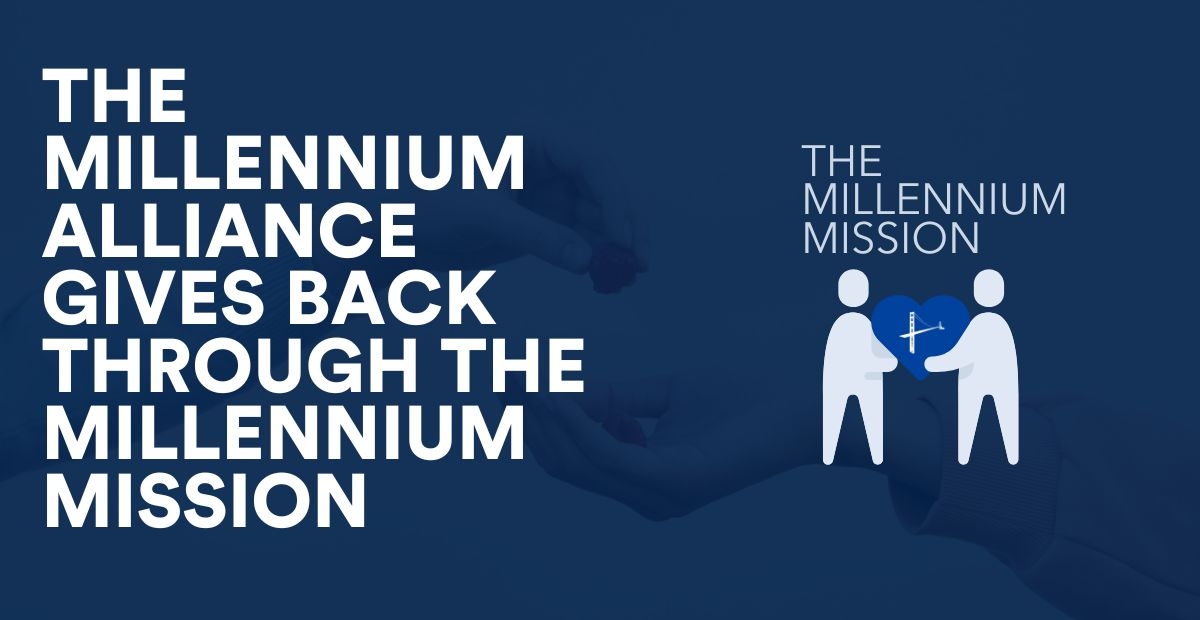Originally posted on Forbes.
As Justin Trudeau remarked at the World Economic Forum earlier this year, “The pace of change has never been this fast, yet it will never be this slow again.” That message rings true in payments, where each year the level of innovation and progress continues to accelerate, creating new market dynamics, opportunities and challenges for all participants.There was no shortage of developments in payments in 2018. The following stood out as particularly significant:
- PayPal goes on a shopping spree. In Q2 PayPal made four acquisitions, purchasing iZettle($2.2bn) to expand its SMB footprint in Europe, Jetlore to deepen its personalization capabilities, Hyperwallet ($400m) to expand its marketplace payments strategy and Simility ($120m) to enhance its anti-fraud suite.
- Stripe’s value proposition deepens. In July Stripe made a seemingly unexpected yet highly strategic move into the issuer-processor sector with the launch of Stripe Issuing. Two months later it launched Stripe Terminal (following its acquisition of Index earlier in the year) to expand into brick-and-mortar payments.
- Adyen goes public. Following its win of eBay’s processing business in February, Adyen enjoyed a successful IPO in June, listing on Euronext Amsterdam. With the offer price set at €240 ($272.37), shares are now north of €450 and its market cap exceeds €13bn.
- Payment Services Directive 2 goes into effect. PSD2 took effect in the EU in January, bringing about significant changes pertaining to customer authentication and open banking. While the full effects have yet to be seen, the stage has been set for a significant shift in retail banking strategies.
- Visa and Mastercard get behind Secure Remote Commerce (SRC). In an effort to create a consistent, secure and streamlined checkout flow for digital commerce, Visa and Mastercard are guiding the card payment ecosystem toward EMVCo’s SRC framework, which remains in development.
- Vantiv closes Worldpay deal. Cincinnati-based Vantiv acquired London-based Worldpay in August 2017 in a deal valued at roughly $10.5bn. The acquisition officially closed in January, creating a global payment processing powerhouse, handling $40bn in annual transactions and $1.5 trillion in payment volume.
- Zelle expands in its first full year live. Zelle, US banks’ response to Venmo and Square’s Cash App, saw P2P transaction volume increase 83% Y/Y (from Q3 2017 to Q3 2018), with 375 million transactions valued at $106bn processed in that time.
- Verifone overtaken by private equity. Amid challenging times in the POS hardware market, Verifone was acquired by PE-firm Francisco Partners in April in a $3.4bn deal.
While 2019 has much to live up to to match 2018’s tempo, the following three trends will play an important role in influencing market developments and catalyzing progress in the year ahead:
Mobile (officially) takes center stage
According to 451 Research’s newly launched Global Unified Commerce Forecast, purchases made online are increasing more than six times as fast as those made in-store, and globally will account for nearly one out of every five dollars spent by 2022.
Double-clicking on the rapid rate of digital commerce expansion, another growth story emerges. Transactions initiated on smartphones and tablets in mobile apps and browsers are growing at a 24.5% CAGR through 2022, compared with 16.9% for e-commerce. This disparity in growth rates means mobile is increasing its share of digital commerce, at the expense of e-commerce.
In 2019, a mobile inflection point will be reached, where the volume of m-commerce transactions will surpass e-commerce for the first time globally. By 2022, mobile will deepen its lead as the dominant commerce platform, with its share of global digital commerce transactions increasing to 55%.
The implications of this shift for payments and commerce stakeholders are many. Consumers will increasingly expect to find, engage and transact with businesses in a single interaction, all from the comfort of a handheld device. While clunky e-commerce experiences can be tolerated to some extent, consumer tolerance for friction on mobile is significantly lower due to the small screen size. Businesses serving m-commerce customers must work to execute on shoppers’ desire for speed and ease-of-use, such as by eliminating laborious data entry and implementing responsive design.
Machine learning permeates the value chain
The past 18 months have seen increasing interest in AI and ML from participants across the payments and banking value chains. According to 451 Research’s Voice of the Enterprise: Artificial Intelligence/Machine Learning 2018 survey, financial services companies are among the furthest along in implementing ML, with more than one in five having already deployed, and an additional 31% currently developing ML capabilities or planning to within the next 12 months.
Fraud detection has emerged as the top AI/ML use case for financial services organizations in our global survey, with 42% of those currently using or planning to use citing it as their main business reason why. Several payments providers have already deployed ML-driven anti-fraud products into the market themselves, such as Stripe’s Radar offering. Others have chosen to add those capabilities inorganically, as evidenced by Mastercard’s reach for Brighterion in 2017 and PayPal’s $120m acquisition of Simility in June. More AI/ML-related anti-fraud acquisitions can be expected in 2019 as networks, issuers and processors look to better identify account takeovers, new account fraud, fraudulent transactions, false positives and other types of loss-generating events through improved utilization of transaction data. A variety of anti-fraud startups utilizing AI/ML remain up for grabs, including Feedzai, Forter, Sift Science and Kount.
In 2019, increased utilization of AI/ML for revenue optimization in merchant acquiring and processing will also be apparent. A top area of focus will be transaction declines, where ML-powered services like Adyen’s RevenueProtect and Worldpay’s AuthMax are already showing early evidence of the technology’s ability to lift authorization rates for merchants. Those processors best able to deploy ML to enhance revenue for their merchant customers will be best positioned to create stickier relationships centered on value instead of price.
Infrastructure moves into focus
The bulk of today’s innovation in payments is derived from the veneer that’s being built on top of existing infrastructure. Many of the most successful payments startups have dedicated themselves to building an abstraction layer that simplifies access to things like payment processing by creating an on-boarding process and interface that eliminates the complexity of working with decades-old infrastructure. This abstraction layer approach to payments has undoubtedly unlocked significant value, but deeper problems below the surface need solving to ensure long-term scalability.
In 2019, payments infrastructure will become a growing innovation area as financial institutions, payments providers and merchants look to prepare for the long-term needs of the market. Several trends driving the growing focus on infrastructure include:
- Enterprises refocus on payments to meet rising customer expectations. Large retailers increasingly understand that payments are at the core of delivering a compelling shopping experience, but their ability to innovate is often held back by infrastructure limitations. In a global study conducted by 451 Research and commissioned by Stripe, ‘existing legacy infrastructure’ ranked as a top-four challenge faced by enterprise merchants when looking to implement new payment and commerce technologies, cited by 35% of respondents.
- Real time races forward. Zelle has provided an early glimpse of real-time payments in the US, but much work remains before the country’s payment rails operate akin to real-time markets like the UK and Singapore. This will be a pivotal year for real-time payments as the Federal Reserve evaluates an entry into the market via its proposed Real Time Gross Settlement service and bank-owned The Clearing House looks to scale up its Real Time Payments system, which launched in late 2017.
- Developer-centric distribution strategies take off. 2019 will be a defining year for integrated payments, since large players that have moved into the market inorganically (e.g., TSYS via its purchase of Cayan) have now digested their targets and will look to start executing more aggressively. The push toward developer-centric strategies can also be seen among POS terminal manufacturers (e.g., Ingenico, Verifone) and payment networks (e.g., Visa, Mastercard) that have launched API portals to expand collaboration with software and technology companies.
About Jordan McKee
 I’m a Research Director at 451 Research, a leading IT research and advisory firm focused on innovation and emerging technologies. I direct 451’s global coverage of the payments ecosystem, with an emphasis on the major trends impacting payment networks, issuing and acquiring banks, payment processors and point-of-sale providers. Prior to 451 I was an analyst at mobility research firm Yankee Group covering mobile money strategies. I am listed on the Electronic Transactions Association’s Forty Under 40 list for 2018 and speak regularly at a variety client and industry events, including SXSW, Money20/20 and Interop. Additionally, I serve as a judge for the GSMA’s Global Mobile Awards. I hold a bachelor’s degree with a concentration in marketing from Bryant University.
I’m a Research Director at 451 Research, a leading IT research and advisory firm focused on innovation and emerging technologies. I direct 451’s global coverage of the payments ecosystem, with an emphasis on the major trends impacting payment networks, issuing and acquiring banks, payment processors and point-of-sale providers. Prior to 451 I was an analyst at mobility research firm Yankee Group covering mobile money strategies. I am listed on the Electronic Transactions Association’s Forty Under 40 list for 2018 and speak regularly at a variety client and industry events, including SXSW, Money20/20 and Interop. Additionally, I serve as a judge for the GSMA’s Global Mobile Awards. I hold a bachelor’s degree with a concentration in marketing from Bryant University.
ABOUT DIGITAL ENTERPRISE TRANSFORMATION ASSEMBLY

As more and more businesses look to digital technology and strategies to transform their business, CIOs know that data and information technology have never been more important. Understanding the convergence of mobile, social, and cloud is the first critical step for organizations looking to create opportunities and stay ahead of the competition.
The Millennium Alliance is thrilled to present our bi-annual Digital Enterprise Transformation Assembly, put together by the industry, for the industry. Join us in Miami, FL. for a series of executive education roundtables, keynote presentations, collaborative think tanks, educational workshops, and networking sessions will offer industry-specific topics and trends to ensure your company maintains its competitive advantage.
ABOUT FSI TRANSFORMATION ASSEMBLY
 Digital transformation has set its sights on the financial services and insurance industries. CIOs from North America’s top institutions are working to leverage new technology such as Artificial Intelligence to deliver products and services that answering changing customer needs.
Digital transformation has set its sights on the financial services and insurance industries. CIOs from North America’s top institutions are working to leverage new technology such as Artificial Intelligence to deliver products and services that answering changing customer needs.
While financial services and insurance CIOs will deal with many challenges in the coming years, one particular technological challenge raises to the top – dealing with the complexity of data. The massive explosion in data is creating unprecedented manageability issues for firms around the world. As firms expand customer touch points through the use of digital platforms like social media, CIOs are dealing with an overwhelming volume of structured and unstructured data, resulting in an increased need for tighter security.














